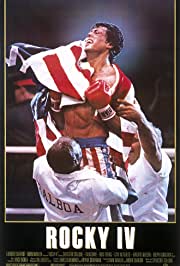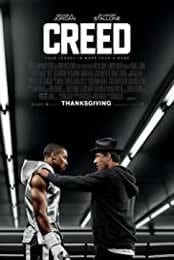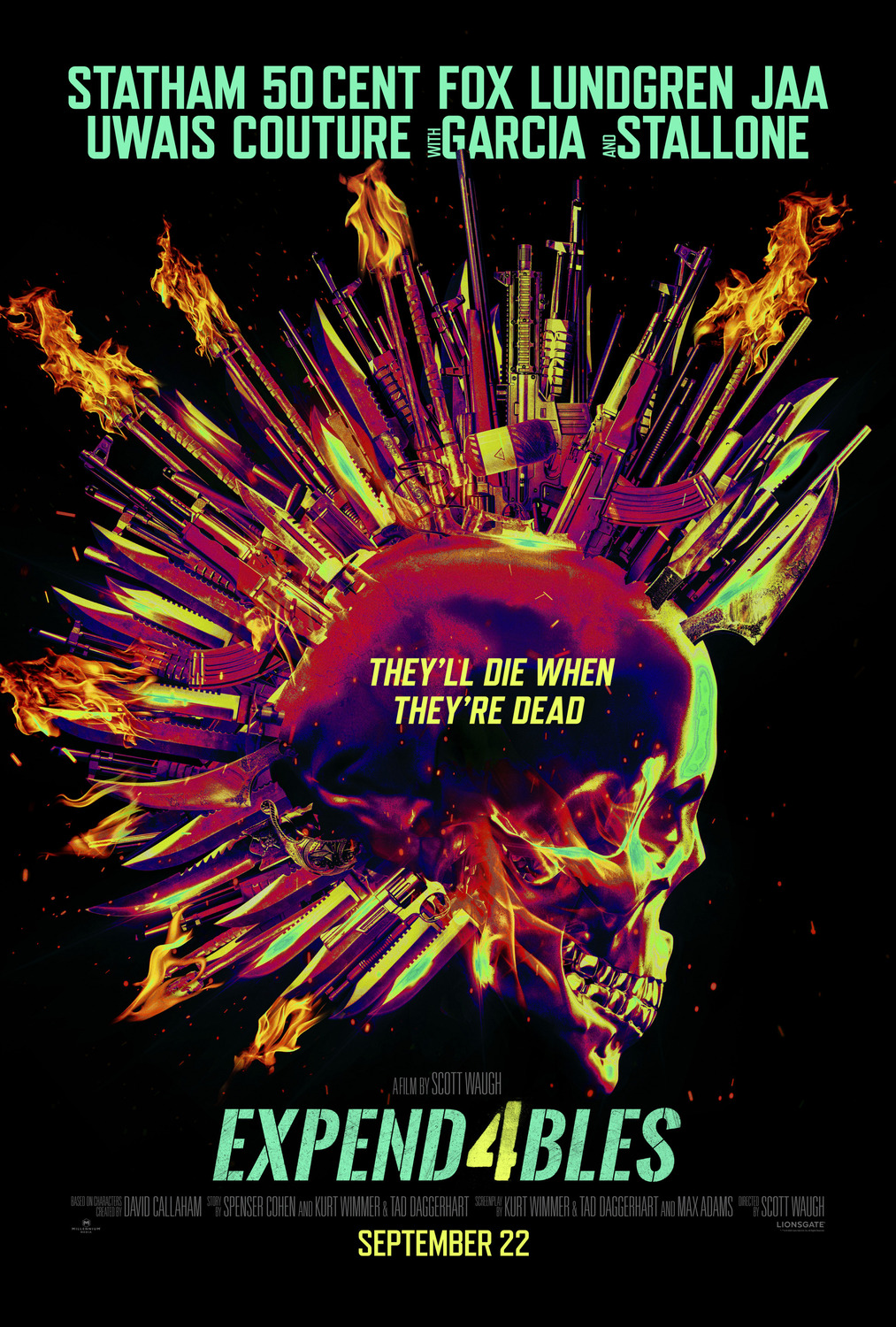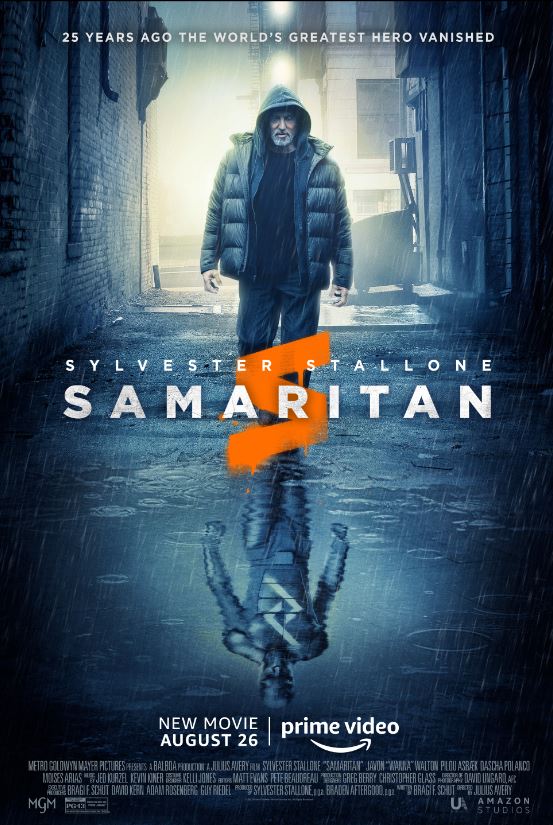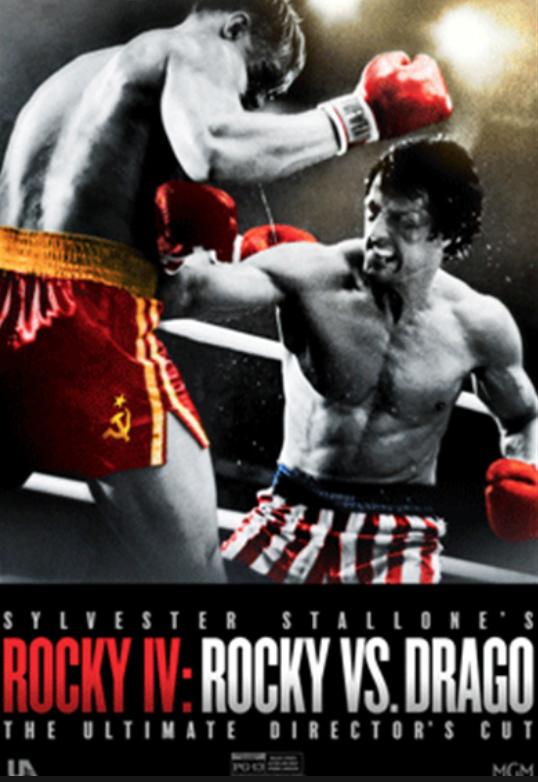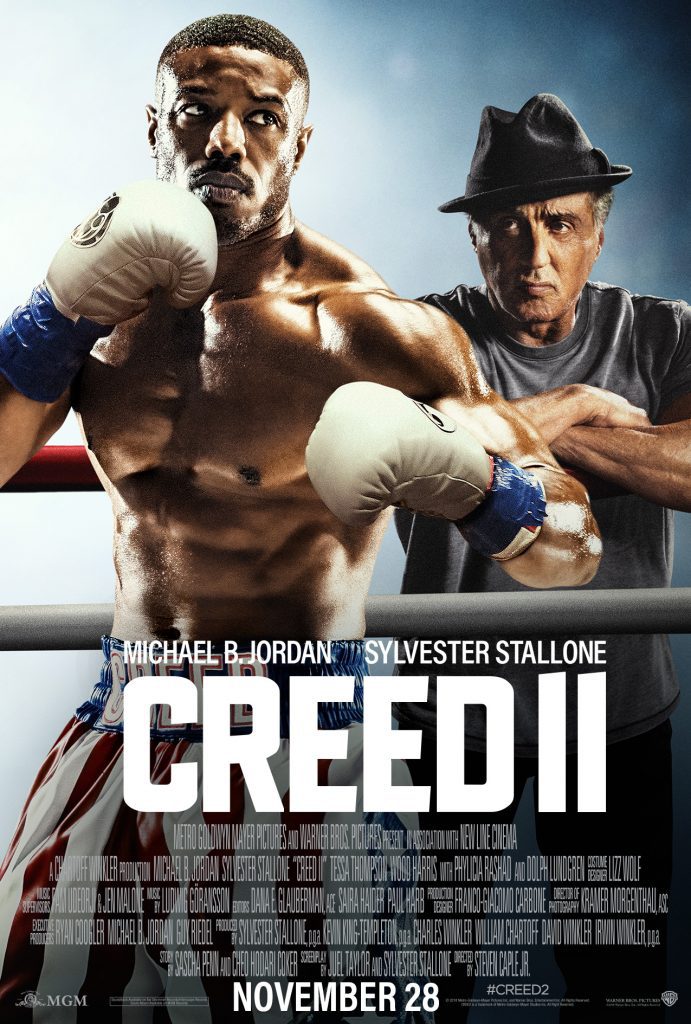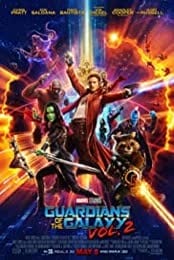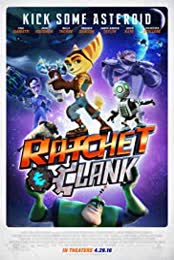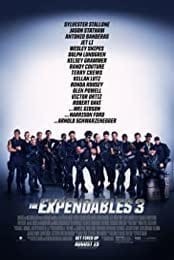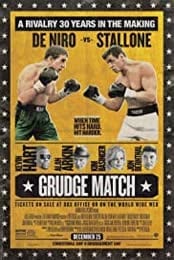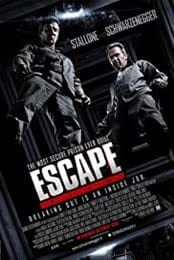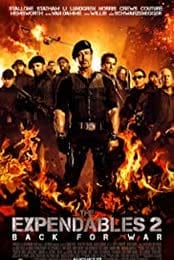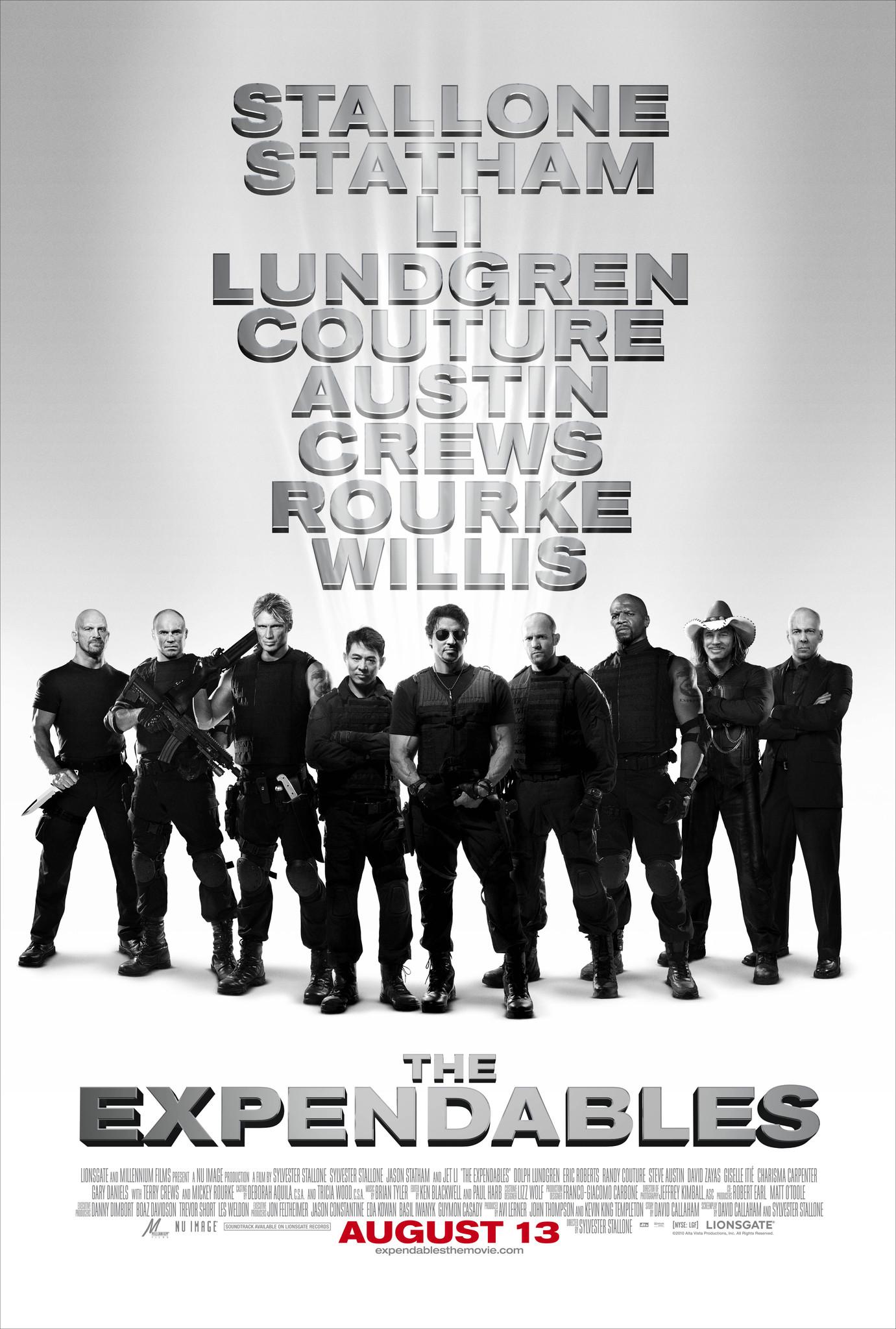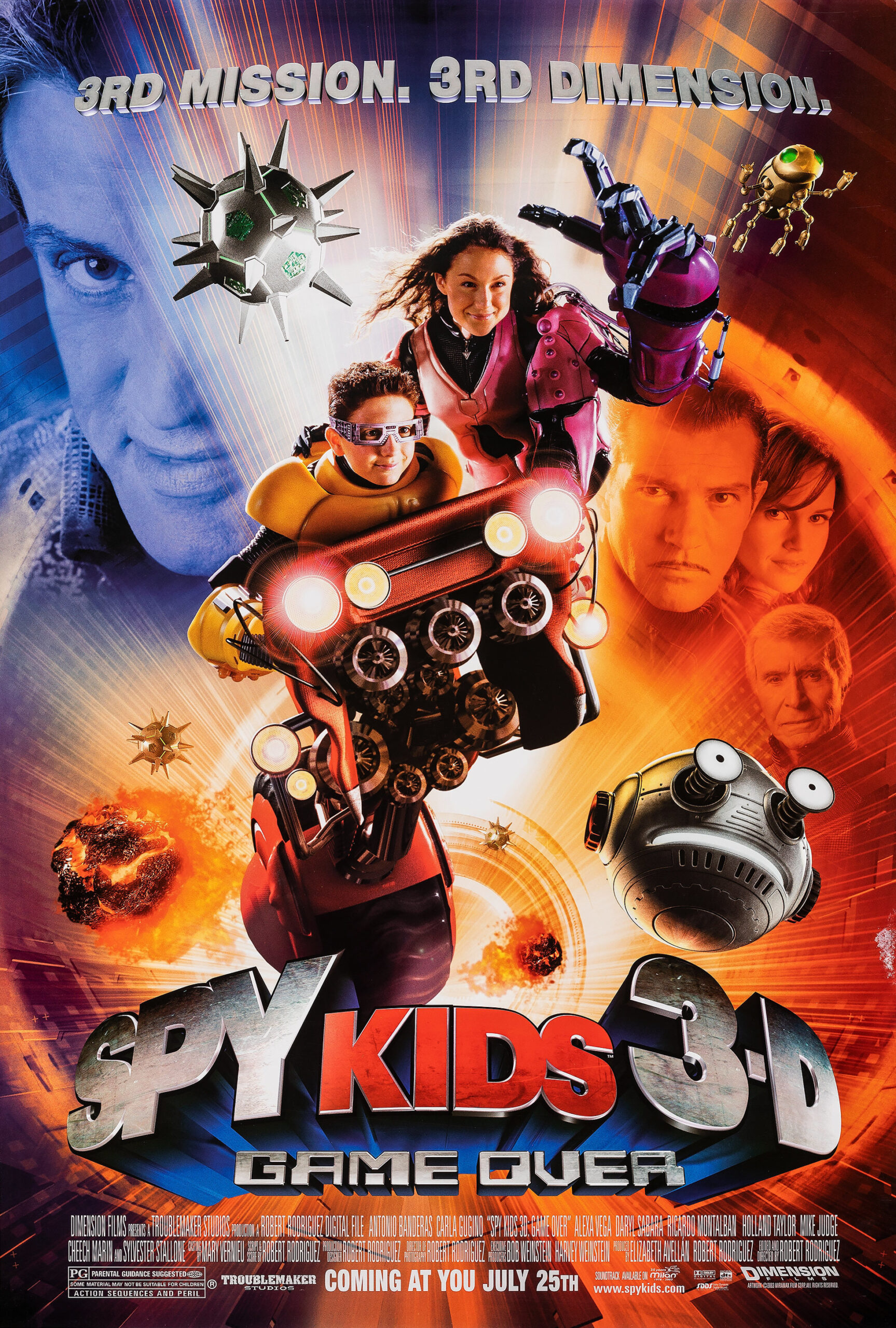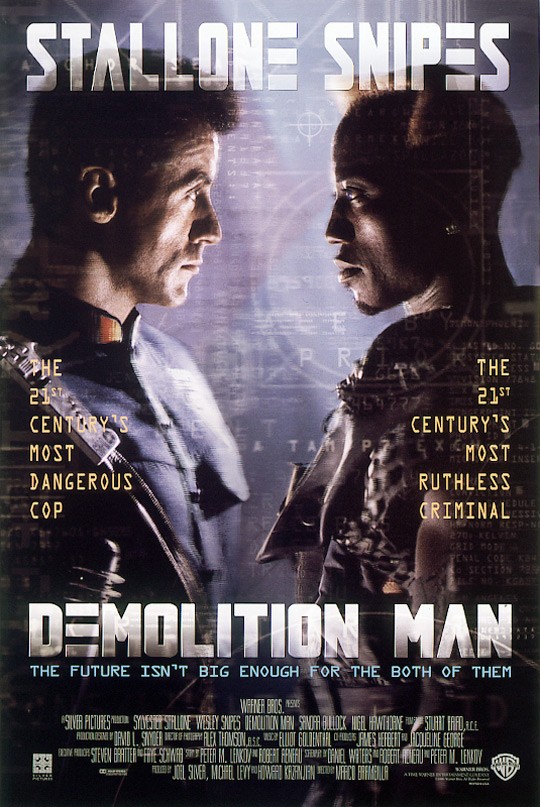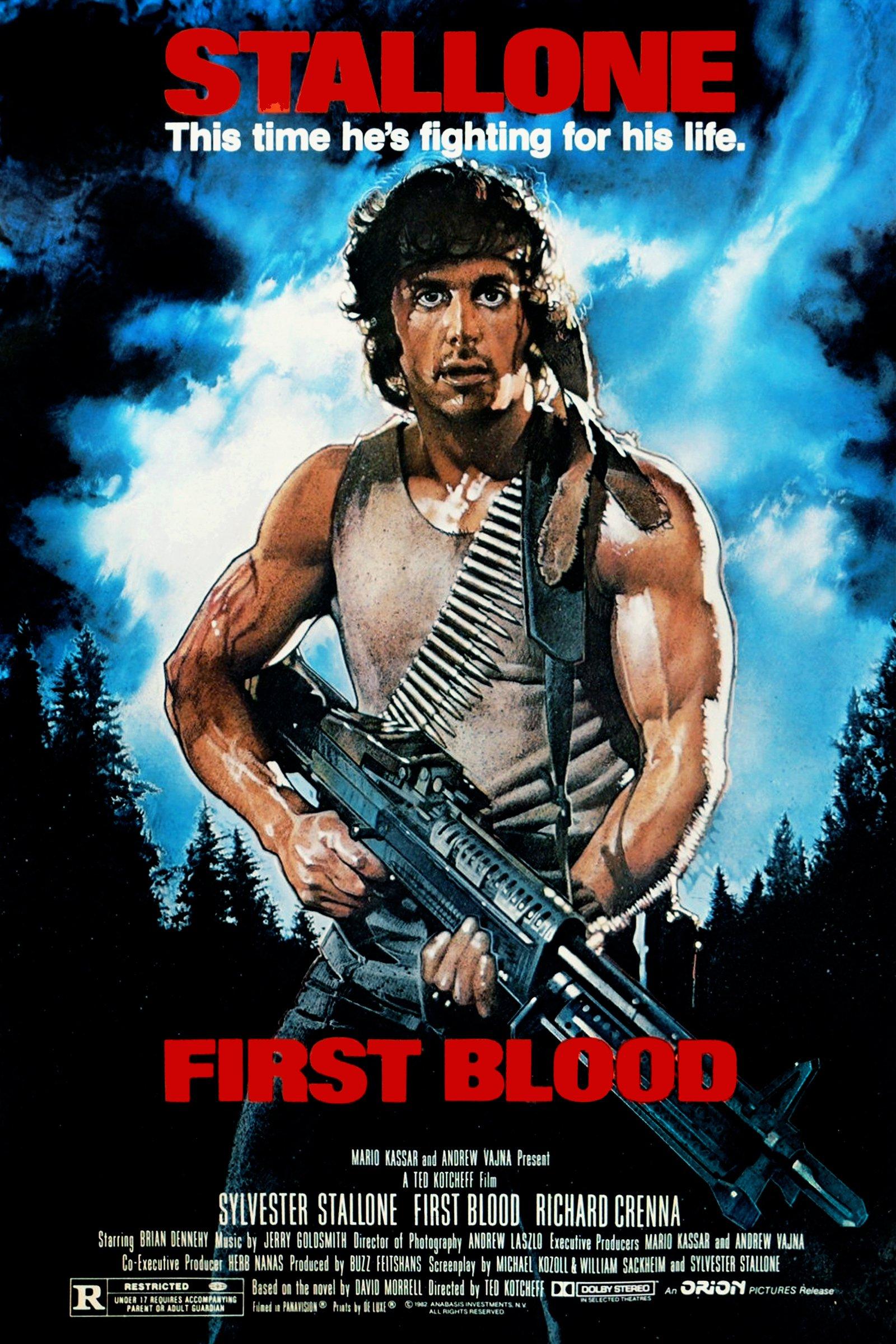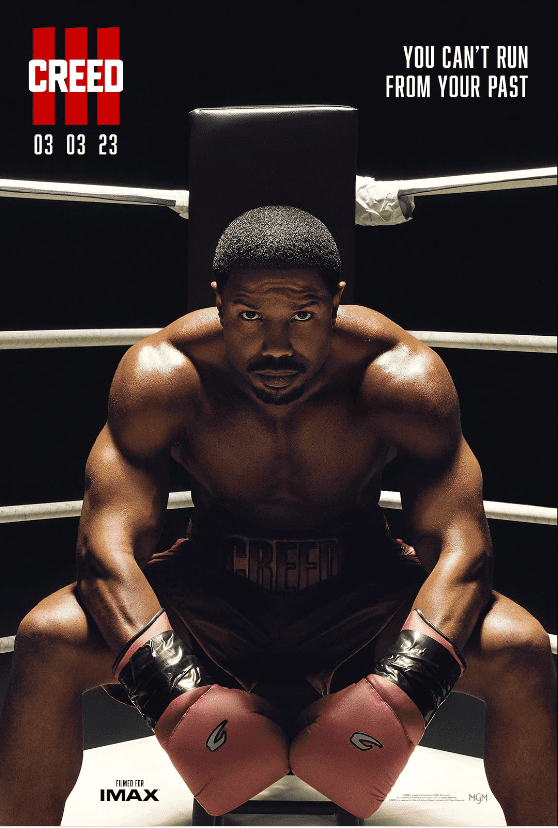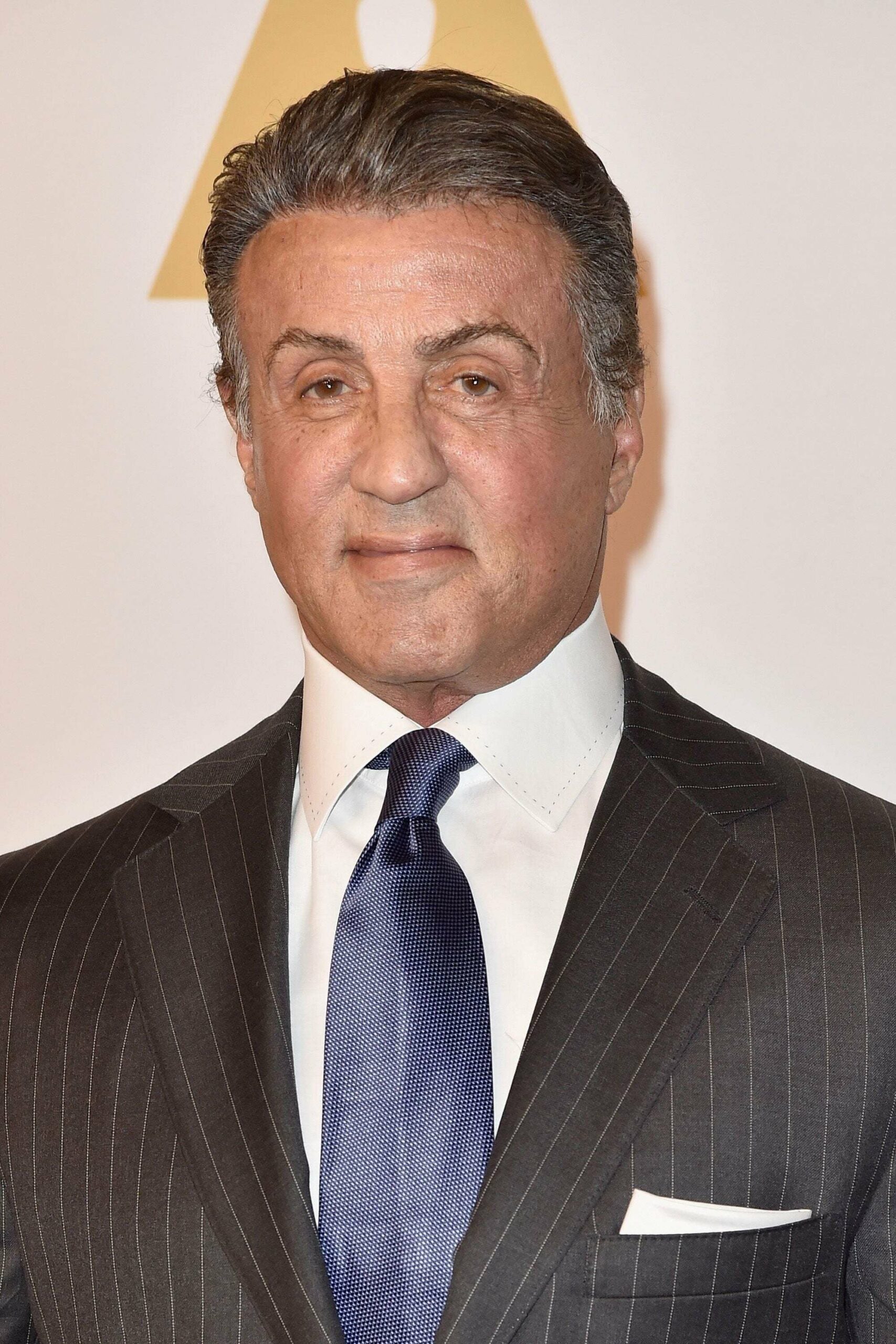
Sylvester Stallone
Birthdate: Jul 6, 1946
Birthplace: New York City, New York, USA
Sylvester Stallone (birthname: Sylvester Gardenzio Stallone) is the only actor in U.S. film history to star in a number-one-grossing movie in six consecutive decades—just one measure of Stallone’s extraordinary stardom. The achievement was made legendary after his long-term struggles as an actor before his phenomenal breakthrough with the John G. Avildsen-directed Rocky (1976), for which he was only the third actor to be Oscar-nominated for both Best Actor and Best Screenplay and which grossed an incredible $225 million on a $960,000 budget.
Stallone had had roles in seventeen features before Rocky, almost all of them small turns in mostly major films, including Michael Ritchie’s ski drama, Downhill Racer (1969), Robert Altman’s M*A*S*H (1970), Lovers and Other Strangers (1970), Woody Allen’s Bananas (1971), Alan J. Pakula’s Klute (1971), Neil Simon’s The Prisoner of Second Avenue (1975), Capone (1975), Paul Bartel’s and Roger Corman’s Death Race 2000 (1975), Mandingo (1975), Dick Richards’ Farewell, My Lovely (1975), and Bartel’s Cannonball (1976).
Stallone’s first starring role was in The Lords of Flatbush (1974), for which Stallone earned his first writing credit (for dialogue), and co-starred Perry King, Henry Winkler, and Susan Blakely. Sylvester Stallone’s career profoundly changed following Rocky (which earned ten Oscar nominations and three Oscars, including Best Picture), in a run of movies from 1978 to 1993 for which he was star-writer or also was star-director-writer. First was the Norman Jewison-directed crime drama, F.I.S.T. (1978), which lead actor Stallone co-wrote with Joe Eszterhas, and co-starred Rod Steiger, Peter Boyle, and Melinda Dillon. Stallone then starred, wrote, and directed the sports drama, Paradise Alley (1978), with Kevin Conway, Anne Archer, Joe Spinell, Armand Assante, and Tom Waits.
Sylvester Stallone revived Rocky Balboa as star-director-writer (as well as boxing choreographer) of the sequel, Rocky II (1979), the first of several sequels in the decades-long series, with returning cast mates Talia Shire, Burt Young, Carl Weather, and Burgess Meredith, earning a strong $200 million on a $7 million budget. Over the next six years, Stallone was the star-director-writer-boxing choreographer of two Rocky sequels--Rocky III (1982) and Rocky IV (1985), and then, two decades later, Rocky Balboa (2006)—and was director-writer-producer for the first time a movie he didn’t star in, the Saturday Night Fever (1977) sequel, Staying Alive (1983), starring John Travolta, Cynthia Rhodes, and Finola Hughes, earning a big $127 million for Paramount Pictures.
During this time, Stallone took starring roles in others’ movies, including Universal Pictures’ crime drama, Nighthawks (1981), with Billy Dee Williams, Lindsay Wagner, and Rutger Hauer, and director John Huston’s Escape to Victory (1981), starring Stallone, Michael Caine, Max von Sydow, and Pelé, as well as several other major soccer players.
During this productive period, Sylvester Stallone introduced his other major, long-running character—Vietnam vet John J. Rambo—in the Ted Kotcheff-directed First Blood (1982), for which he was screenwriter (adapting David Morrell’s novel) and starred opposite Richard Crenna and Brian Dennehy, resulting in a $125-million gross spawning four sequels, all of which Stallone starred and wrote: the George P. Cosmatos-directed Rambo: First Blood Part II (1985), with new cast member Steven Berkoff; the Peter MacDonald-directed Rambo III (1988), again with co-star Richard Crenna; Rambo (2008), the franchise’s reboot directed as well as written and starring Stallone; and the Adrian Grünberg-directed finale, Rambo: Last Blood (2019), co-written by Stallone (with Matthew Cirulnick), with Paz Vega and Adriana Barraza.
The franchise earned over $820 million globally. One of Stallone’s first box-office failures as star and writer (with co-writer Phil Alden Robinson) was a rare appearance in a musical comedy, Rhinestone (1984), co-starring Dolly Parton and directed by Bob Clark. Sylvester Stallone returned to familiar action mode in the successful Cobra (1986), which Stallone also wrote and which George P. Cosmatos directed for Warner Bros. The cheesier side of action star Stallone began to emerge in such vehicles as the box-office failure, Over the Top (1987), co-written by Stallone and Stirling Silliphant and directed by Menachem Golan.
Between movies for which Stallone was star-writer from 1989 to 1993, he starred in four movies—the prison movie directed by John Flynn and co-starring Donald Sutherland, Lock Up (1989); the buddy cop movie, Tango & Cash (1989), pairing Stallone with Kurt Russell, with Jack Palance, and directed by Andrei Konchalovsky (with other uncredited directors who stepped in during the troubled production); a rare comedy, Oscar (1991), directed by John Landis, and losing money for Touchstone/Disney; and another comedy, Stop! Or My Mom Will Shoot (1992), directed by Roger Spottiswoode and co-starring Estelle Getty, and which Stallone later noted was a movie in which he wished he had never acted.
Sylvester Stallone starred and wrote (with Michael France) the action hit, Cliffhanger (1993), directed by Renny Harlin and co-starring John Lithgow, Michael Rooker, and Paul Winfield, grossing $255 million on a $70 million budget. Stallone’s next movie which he starred and wrote (and also produced) and was also directed by Harlin was eight years later and a bomb--Driven (2001), co-starring Burt Reynolds and Gina Gershon.
A more successful project was Warner Bros.’ sci-fi hit, Demolition Man (1993), matching Stallone with Wesley Snipes, Sandra Bullock, and Nigel Hawthorne. Under Luis Llosa’s direction, Stallone co-starred in another hit with Sharon Stone in The Specialist (1994), with James Woods, Rod Steiger, and Eric Roberts. Stallone then starred in the lambasted and lampooned sci-fi action movie, Judge Dredd (1995), with Armand Assante, Diane Lane, Rob Schneider, Joan Chen, and Max von Sydow.
Sylvester Stallone was now approaching twenty years as a star (his last name was a brand name above the title) by the time he did the Richard Donner-directed Assassins (1995), co-starring Antonio Banderas and Julianne Moore, and then took on the Rob Cohen-directed disaster movie, Daylight (1996), with Amy Brenneman, Viggo Mortensen, Dan Hedaya, and Claire Bloom, earning $160 million for Universal Pictures.
Stallone returned to his low-budget indie roots as co-star of one of his best films, writer-director James Mangold’s fine and commercially successful crime drama, Cop Land (1997), with Robert De Niro, Harvey Keitel, Ray Liotta, Peter Berg, Janeane Garofalo, Robert Patrick, Michael Rapaport, and Annabella Sciorra. One of Sylvester Stallone’s only voice performances for an animated feature was in DreamWorks Animation’s comedy, Antz (1998), with a stellar cast including Woody Allen, Dan Ackroyd, Anne Bancroft, Jane Curtin, Danny Glover, Gene Hackman, Jennifer Lopez, John Mahoney, Paul Mazursky, Sharon Stone, and Christopher Walken, and premiering at the Toronto film festival.
Stallone then starred in the forgettable remake of Get Carter (2000), with Miranda Richardson, Rachael Leigh Cook, Alan Cumming, Mickey Rourke, and Michael Caine (who originated Stallone’s title role in the 1971 original), and followed this (after Driven) with D-Tox (2002), a little-seen Universal release directed by Jim Gillespie, with Tom Berenger, Charles S. Dutton, Sean Patrick Flanery, Robert Patrick, Courtney B. Vance, Jeffrey Wright, and Kris Kristofferson. Other minor releases during this period for Stallone (along with numerous direct-to-video projects and cameo roles) included a supporting role in the crime thriller, Shade (2003), with Stuart Townsend and Gabriel Byrne. Sylvester Stallone was entering a declining phase in his career by the time he took on more supporting turns in such movies as Robert Rodriguez’s hit sequel, Spy Kids 3-D: Game Over (2003), with Antonio Banderas, Alexa Vega, and Daryl Sabara.
With a brawny supporting cast including Jason Statham, Jet Li, Dolph Lundgren, Steve Austin, Chuck Norris, Jean-Claude Van Damme, Bruce Willis, Arnold Schwarzenegger, Terry Crews, Randy Couture, and Liam Hemsworth, Stallone aimed to reboot his career as star writer-director of both The Expendables (2010)—grossing $274 million--and the sequel, The Expendables 2 (2012), which Stallone starred in and wrote, and which made even more money ($310 million, spawning more sequels) and earned better reviews than the original. This led to $$214.7-million-grossing The Expendables 3 (2014), which Stallone also wrote, and with new cast members Banderas, Wesley Snipes, Kelsey Grammer, Ronda Rousey, Mel Gibson, and Harrison Ford; and then Expend4bles (2023), with new cast members Curtis “50 Cent” Jackson, Megan Fox, Tony Jaa, Iko Uwais, and Andy Garcia.
Stallone was cast in one of his few voice roles in the Kevin James-starring vehicle for Sony/Columbia, Zookeeper (2011), with Rosario Dawson, Leslie Bibb, Ken Jeong, Judd Apatow, and Maya Rudolph, earning $170 million worldwide. Sylvester Stallone finally teamed with legendary director Walter Hill, but the result—Bullet to the Head (2012)—was a box-office bomb. Stallone was able to counter this with the more successful prison-break movie, Escape Plan (2013), in which he was paired with Arnold Schwarzenegger, Jim Caviezel, Jackson, Vinnie Jones, Vincent D’Onofrio, Amy Ryan, and Sam Neill, and which set up two direct-to-video sequels.
Sylvester Stallone worked strictly behind the camera for the drama, Homefront (2013), which he wrote (adapting Chuck Logan’s novel) and produced, with Gary Fleder directing Jason Statham, James Franco, Winona Ryder, and Kate Bosworth. In what could have been a rousing success, Stallone paired with Robert De Niro for the failed, Peter Segal-directed boxing comedy, Grudge Match (2013), with Kevin Hart, Alan Arkin, Kim Basinger, and Jon Bernthal.
For Stallone (as both producer, character creator, and supporting actor), Rocky came to the rescue again with the massively successful Rocky reboot, Creed (2015), written and directed by Ryan Coogler, with Stallone’s Rocky training Michael Jordan’s Adonis Creed, the boxing son of Rocky’s former rival, Apollo Creed, earning Stallone several award wins for best-supporting actor (including a best supporting actor Oscar nomination). This spawned two sequels, including Creed II (2018), with Stallone (as also co-writer and producer) paired again with Jordan, under Steven Caple Jr.’s direction; and Creed III, directed and starring Jordan, with the three movies combining for a total gross of $665 million.
Stallone contributed his distinctively gravelly voice to more animated and live-action features, starting in 2016 with the minor Gramercy Pictures animated feature, Ratchet & Clank (2016), as well as Animal Crackers (2017), James Gunn’s DC Comics movie, The Suicide Squad (2021). Stallone then appeared as an intense Stakar Ogord in Gunn’s fantastically successful, $870-million-grossing sequel, Guardians of the Galaxy Vol. 2 (2017), with Chris Pratt, Zoe Saldana, Dave Bautista, Vin Diesel, Bradley Cooper, Michael Rooker, Karen Gillan, Pom Klementieff, and Kurt Russell; and then again under Gunn’s direction in Guardians of the Galaxy Vol. 3 (2023), with new cast members Will Poulter, Chukwudi Iwuji, and Nathan Fillion, and grossing $845 million for Marvel. Since 2019, Stallone has produced boxing-themed documentaries including One Night: Joshua vs. Ruiz (2019) and The Making of ‘Rocky vs. Drago’ (2021).
Sylvester Stallone Photos and Videos
Personal life
Sylvester Stallone was born and raised in the Hell’s Kitchen neighborhood of Manhattan in New York City by parents Francesco “Frank” Stallone Sr (hairdresser, beautician) and Jacqueline “Jackie” Stallone (astrologer, dancer, and women’s wrestling promoter). During his forced-labor birth, Stallone had a nerve severed, causing temporary paralysis of his face’s lower left side, causing his lifelong—and now signature—facial appearance and slurred speech. His family moved to Washington, D.C. in the early 1950s, when Stallone was also living alternately at home and in foster and boarding care facilities.
Stallone’s parents divorced in 1957 when he lived with his father. Four years later, Stallone moved to Philadelphia to live with his mother. Stallone’s younger brother is actor-musician Frank Stallone. Stallone had a late half-sister, Toni Filiti, who died in 2012. Stallone’s schooling included attendance at Notre Dame Academy, Philadelphia’s Abraham Lincoln High School, and Charlotte Hall Military Academy in Maryland.
Stallone began his higher education at Miami Dade College in Miami, Florida, then at the American College of Switzerland in Leysin, Switzerland, and then majoring in drama at the University of Miami until 1969, when he left before graduation (but subsequently earning a Bachelor of Fine Arts degree in 1998). Stallone has had three marriages, starting with Sasha Czack, to whom he was married from 1974 to 1985; the couple had two sons, Sage (who died of heart disease in 2012) and Seargeoh, diagnosed with autism as a child.
Stallone then married model actor Brigitte Nielsen in 1985, until 1987, when the pair had a publicized divorce. Stallone had a relationship with model Jennifer Flavin from 1988 to 1994 when he had brief relationships with models Janice Dickinson and Angie Everhart until Stallone reunited with Flavin; the couple has been married since 1997, and have three daughters, Sophia, Sistine, and Scarlet. After filing for ending their marriage in August 2022, the couple reconciled a month later. Stallone’s height is 5’ 10”. Stallone’s estimated net worth is $400 million.
Known For
Awards
Three-time Nominee, Best Screenplay/Best Actor/Best Supporting Actor, Academy Awards (1977, 2016); Winner, Lifetime Achievement Award, Academy of Science Fiction, Fantasy & Horror Films (1997); Two-time Nominee, Best Actor/Best Screenplay, BAFTA Awards (1978); Winner, Honorary César, César Awards (1992); Winner, Career Achievement Award, CinemaCon USA (2012); Winner, Best Foreign Actor, David di Donatello Awards (1977); Winner, Best Supporting Actor, Golden Globe Awards (2016); Winner, Best Supporting Actor, National Board of Review Awards (2015); Nominee, Best Supporting Actor, National Society of Film Critics Awards (2016); Winner, Desert Palm Achievement Award, Palm Springs Film Festival Awards (1998); Winner, Peabody Award, Peabody Awards (2002); Winner, Montecito Award, Santa Barbara Film Festival Awards (2016); Two-time Winner, Star of the Year Award/Star of Stars Award, ShoWest USA Awards (1979, 1984); Winner, Jaeger-LeCoutre Glory to the Filmmaker Award, Venice Film Festival Awards (2009); Nominee, Best Original Drama, Writers Guild of America Awards (1977).
Sylvester Stallone Movies
actor
Previous (80)
writer
Previous (2)
producer
Previous (1)
Facts About Sylvester Stallone
AKA: Sylvester Stallone has had several alternate names and nicknames, including “Sly,” “Michael,” “The Italian Stallion,” and “Binky,” and his shortened full name, Sylvester Enzio Stallone. His mother, Jackie, had intended to name him “Tyrone,” for actor Tyrone Power.
Sly on the IL: Stallone has experienced several injuries while making movies, including a broken finger (saving a penalty kick kicked by legendary soccer star Pelé while filming Escape to Victory; a four-day intensive care hospital stay after Stallone insisted that co-star Dolph Lundgren punch him in the stomach as hard as he could; Stallone then broke his neck while filming a fight scene in The Expendables with “Stone Cold” Steve Austin, and demanded the insertion of a metal plate in his neck.
Falsely Accused: Sylvester Stallone has been falsely accused of rape, sexual assault, and abuse at least three times in cases that occurred in Santa Monica and Las Vegas—all of them investigated by authorities and proven false.
Razzed: Stallone has won or been nominated 36 times for the Razzie Awards.
Frequently Asked Questions
When was Sylvester Stallone born?
What is Sylvester Stallone's full name?
How tall is Sylvester Stallone?
How many children does Sylvester Stallone have?
Who is Sylvester Stallone's wife?
What are some movies starring Sylvester Stallone?
What is Sylvester Stallone's net worth?
People Also Searched For





































